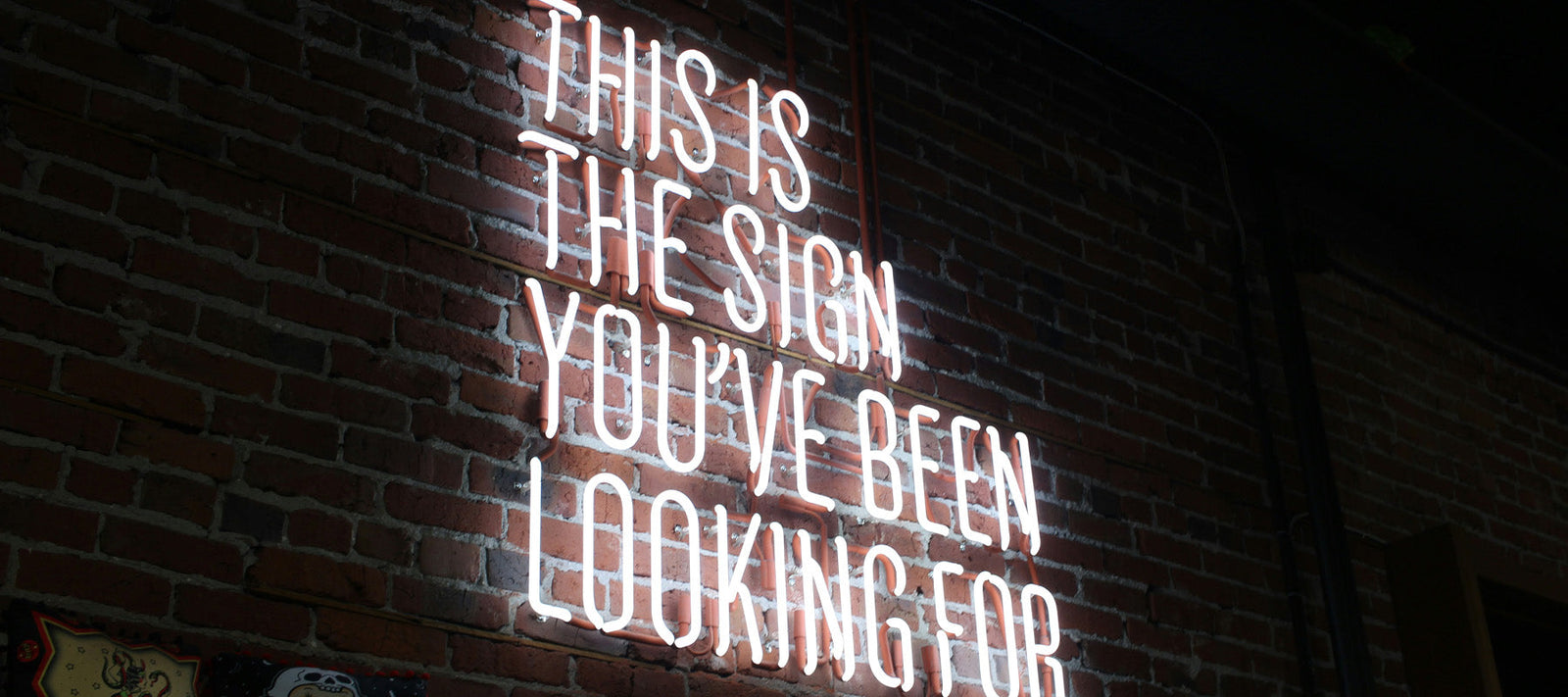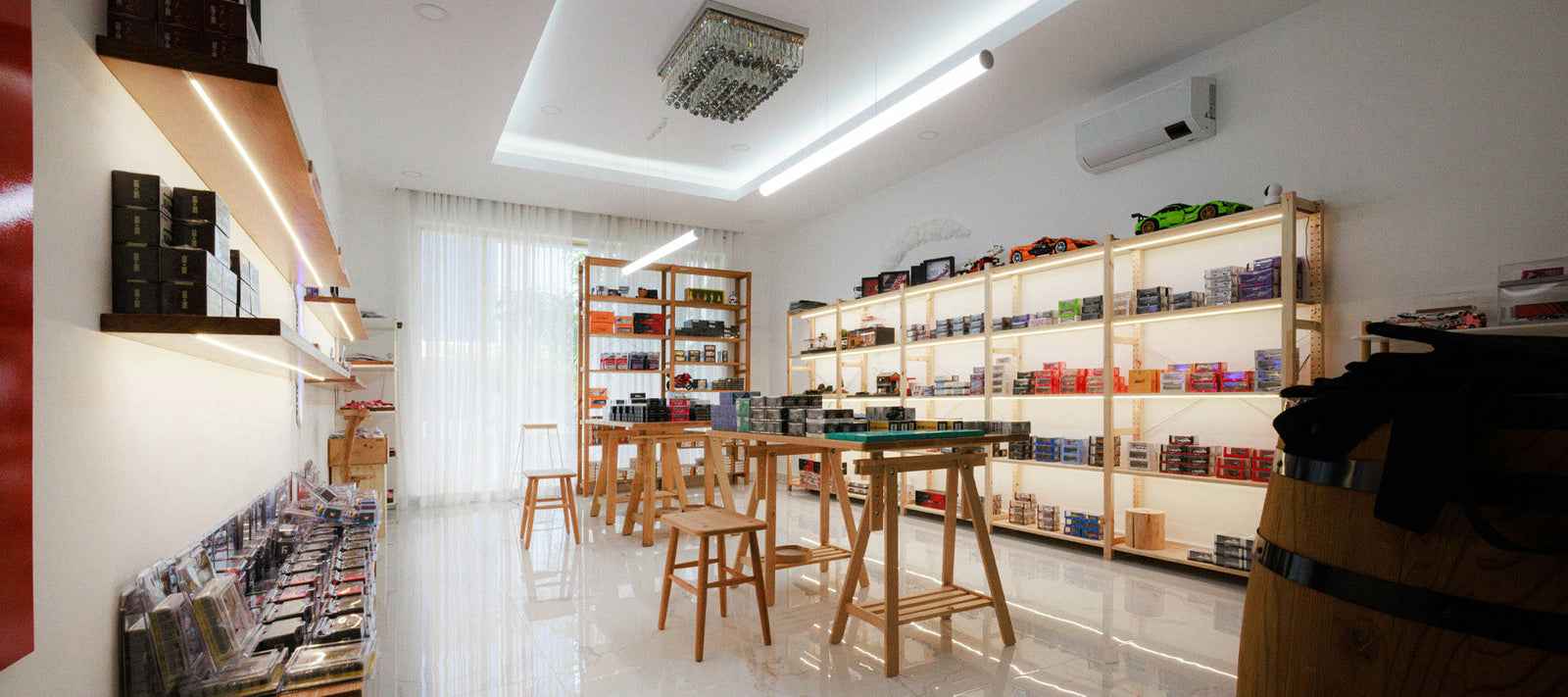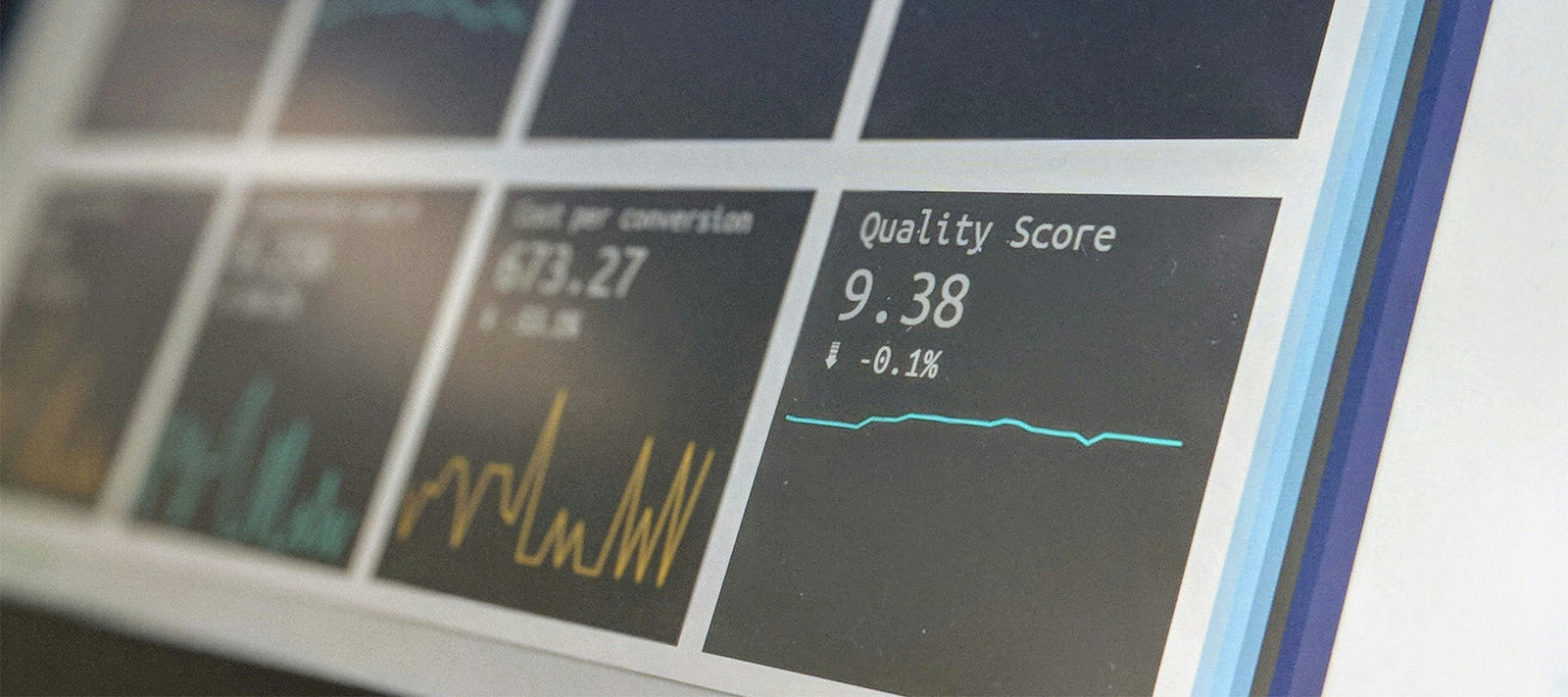In the fast-paced world of retail, where customer attention spans are shorter than ever, making a strong first impression is crucial. Signage, when used effectively in retail display design, can be a powerful tool for informing, engaging, and persuading customers. It can enhance the shopping experience, guide customers through the store, and ultimately drive sales. In this blog post, we will explore the role of signage in retail display design, its importance in creating a memorable customer experience, and the ways it can help retailers achieve their business goals.
The Importance of Signage in Retail Design
Retail signage serves a dual purpose—it provides practical information and enhances the store’s overall aesthetic and atmosphere. Well-designed signage plays an integral role in creating a cohesive and engaging retail environment, guiding customers through the store, and highlighting important messages or promotions.
From wayfinding signs that help customers navigate the store to promotional displays that encourage immediate purchases, signage is an essential element of the in-store experience. When done right, it can contribute to a seamless customer journey, increase brand visibility, and foster a deeper emotional connection with the consumer. In fact, research has shown that effective signage can increase sales by as much as 20%, making it a key driver of retail success.
Informing Customers: Clear Communication and Wayfinding
One of the most basic yet essential functions of signage is to inform customers. Signage provides vital information about store layouts, product categories, pricing, and promotions. It helps customers make informed decisions and navigate the space with ease. In large or complex stores, clear signage is particularly important for improving the overall shopping experience.
1. Wayfinding and Store Navigation
In a busy retail environment, it’s easy for customers to become overwhelmed, especially if the store is large or features multiple sections. Signage plays a crucial role in helping customers navigate the store with ease. Directional signs, aisle markers, and section labels can guide shoppers to specific departments, such as clothing, electronics, or home goods, helping them find what they need without unnecessary frustration.
Well-positioned wayfinding signs also reduce the time customers spend searching for products, creating a more efficient and enjoyable shopping experience. In addition to the traditional overhead signs or aisle markers, stores can use floor decals, hanging signs, or even digital displays to enhance navigation and ensure customers feel comfortable and confident while shopping.
2. Product Information and Pricing
Effective signage also plays a key role in providing customers with essential product information. Price tags, product descriptions, and feature highlights can help customers make informed purchasing decisions. In addition, signage that explains the benefits or features of a product can increase its perceived value, encourage interest, and ultimately lead to a sale.
For instance, a high-quality retail display for beauty products may include signs that explain the ingredients, benefits, or usage instructions. In contrast, a product display for a kitchen appliance could include easy-to-read signs highlighting its key features, such as energy efficiency or multiple settings. By making this information readily available, signage helps create a more informative and transparent shopping experience.
3. Incorporating Brand Storytelling
When signage incorporates elements of your brand’s identity, it not only informs but also enhances the emotional connection customers feel with your brand. A well-crafted sign can communicate a company’s values, mission, and personality, offering a deeper understanding of what makes your brand unique.
For example, an Australian retail store specialising in sustainable fashion might use signage that tells the story of its eco-friendly practices or highlights the use of locally sourced materials. This approach reinforces the store’s commitment to sustainability, helps customers understand the brand’s ethos, and encourages them to make purchasing decisions based on shared values.
Engaging Customers: Creating a Memorable Experience
Beyond simply informing, signage can also engage customers by appealing to their senses and emotions. Well-designed signs and displays create an immersive experience that draws customers in, invites them to explore, and encourages them to stay longer in the store. Engaging signage can capture the customer’s attention and create a sense of excitement, making their shopping experience more memorable and enjoyable.
1. Eye-Catching Designs and Visual Appeal
The visual impact of signage is one of its most powerful attributes. The right design elements—such as colour, typography, images, and materials—can instantly capture a customer’s attention and draw them into a display. Customised signs that reflect the style and personality of the brand are particularly effective in creating an engaging and immersive retail environment.
For example, a store specialising in artisanal products might use rustic wooden signage with hand-painted lettering to create a warm, inviting atmosphere. On the other hand, a high-end fashion boutique might use sleek, minimalist signage with elegant fonts and premium materials to reflect the sophistication of the brand.
Colour psychology also plays a crucial role in engaging customers. For example, the colour red is often associated with excitement, urgency, and passion, making it an ideal choice for sale signs or limited-time offers. In contrast, softer colours like blue or green evoke feelings of calm and trust, which may be more appropriate for a wellness or beauty brand.
2. Interactive and Digital Signage
In today’s digital age, interactive signage is becoming increasingly popular. Digital screens, touchscreens, and interactive kiosks provide opportunities for customers to engage with the store in new ways. Digital signage allows retailers to display dynamic content, such as videos, promotional offers, or product information, that can be updated in real-time to reflect changes in inventory, promotions, or seasonal collections.
For example, a digital display could feature a video showcasing how a product works or allow customers to customise a product directly on the screen. In addition, digital signage can incorporate social media feeds or customer reviews, encouraging interaction and social proof. This creates a sense of novelty and excitement, engaging customers in an interactive experience that keeps them coming back.
3. Promotional and Seasonal Signage
Seasonal and promotional signage helps create a sense of urgency and excitement. Whether it's a sale, limited-time offer, or holiday promotion, signage that communicates these deals can draw customers in and prompt them to make an immediate purchase. Well-placed promotional signage—whether digital or printed—can attract attention and persuade customers to act quickly, driving impulse buys.
For instance, during the festive season, a store may use signage to promote holiday gift sets, special offers, or exclusive holiday products. Similarly, retailers can design signage for Black Friday, Boxing Day, or end-of-season sales, creating an engaging and timely message that encourages customers to take advantage of limited-time deals.
Persuading Customers: Driving Sales and Conversions
Ultimately, the goal of signage is not just to inform or engage but to persuade customers to take action. By creating persuasive messages and strategically placing signage in high-traffic areas, retailers can increase conversions, boost average transaction value, and improve the overall shopping experience. The power of persuasive signage lies in its ability to influence customer behaviour and prompt them to make purchases.
1. Clear Calls to Action (CTAs)
Effective signage should always include a clear call to action (CTA). Whether it’s “Buy One, Get One Free,” “Shop Now,” or “Sign Up for Our Newsletter,” a CTA provides customers with a direct next step and encourages them to act. A well-crafted CTA can create a sense of urgency, push customers to take action immediately, and guide them towards a sale.
For instance, a sign on a product display that reads, “Limited Stock—Hurry, Only 5 Left!” creates a sense of urgency and motivates customers to purchase before it’s too late. On the other hand, a CTA encouraging customers to sign up for a loyalty program or newsletter offers a valuable incentive for future engagement.
2. Social Proof and Testimonials
Incorporating elements of social proof in signage can also persuade customers to make a purchase. Displaying customer testimonials, online reviews, or ratings directly on product signage can help build trust and credibility. Knowing that other customers have had positive experiences with a product can reassure new shoppers and reduce purchase anxiety.
For example, a sign next to a skincare product might feature a customer review that praises its effectiveness, while a product display for a gadget might include a rating from a trusted tech site. This type of social proof can persuade customers to trust the product and move forward with a purchase.
3. Highlighting Value and Benefits
Effective signage also emphasises the value and benefits of a product. By clearly communicating why a product is worth the price or highlighting its unique features, signage helps convince customers that they are making a smart purchase. For instance, a sign next to a high-quality handbag might focus on the craftsmanship, materials, and long-lasting durability, persuading customers that the investment is worthwhile.
Similarly, promotional signage that highlights discounts, bundle offers, or free shipping can persuade customers to make a purchase they might otherwise have hesitated on. The key is to communicate value in a way that aligns with the customer’s needs and desires.
Conclusion
Signage plays a crucial role in retail display design, helping to inform, engage, and persuade customers throughout their shopping journey. Well-crafted signage can guide customers through the store, provide them with essential product information, and create an engaging atmosphere that draws them in. Additionally, persuasive signage with clear calls to action and social proof can influence customer decisions and drive sales.
In a competitive retail landscape, retailers who invest in thoughtful, creative signage can create a unique and memorable shopping experience that not only enhances customer satisfaction but also boosts conversions and sales. Whether it’s through wayfinding signs, interactive displays, or persuasive promotional messages, signage is an indispensable tool for creating an effective retail environment that informs, engages, and persuades.






